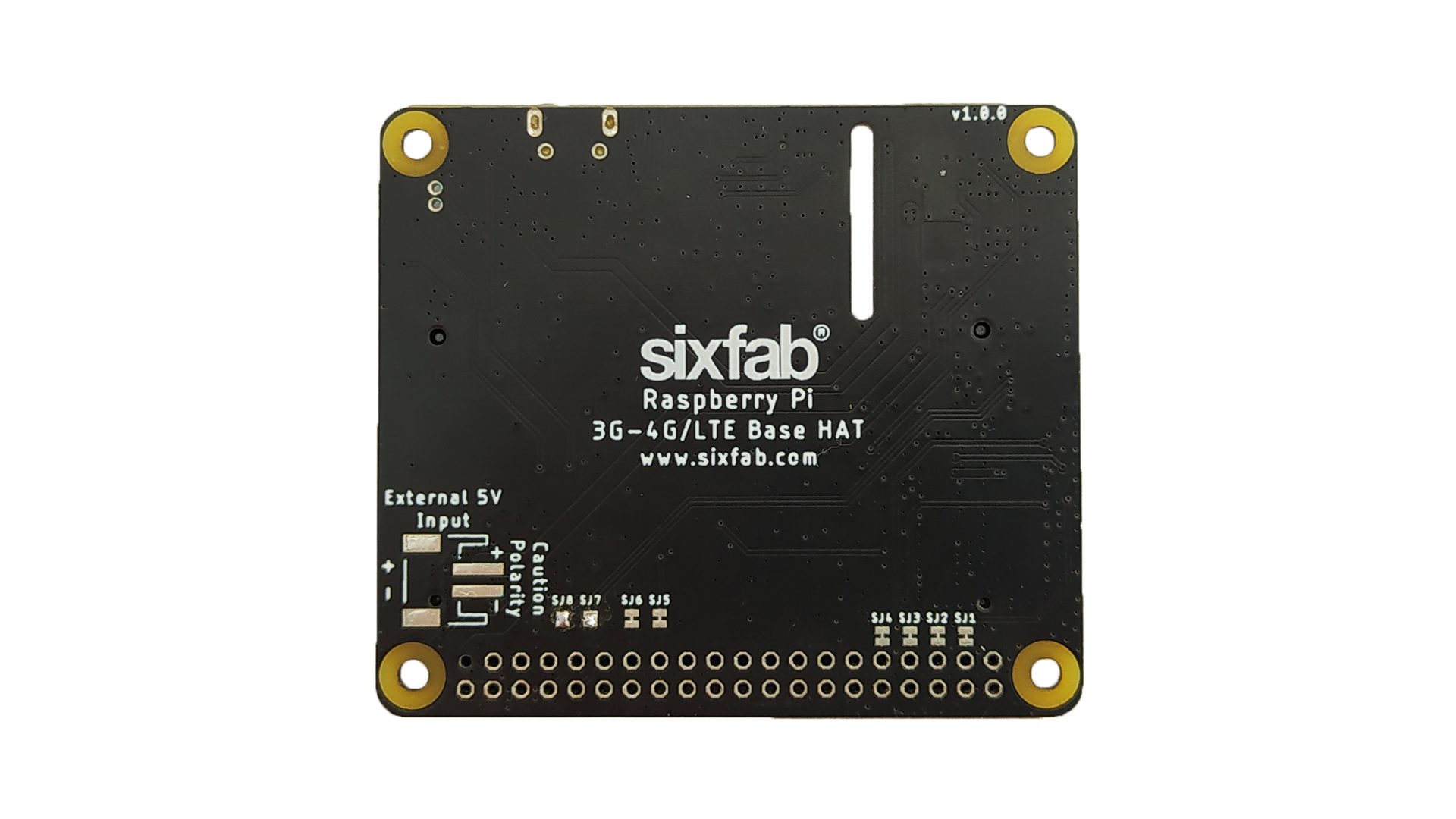
Now let’s send a SMS to your own mobile phone. In the menu you should press O to configure minicom. To do this press Ctrl and A together and release.Then press Z for the menu. In case you need to terminal into a Ciso router, you can try /dev/ttyS0. One of the important settings is the port settings. Press Ctrl and A together and release.Then press Z for the menu. You can configure the device when in OK prompt using a combination of keys i.e. You will get a OK prompt, which means that your minicom recognizes the USB Wifi modem. If it was not installed, you can easily do so by typing: For this I use a USB Wifi modem.įirstly connect the USB Wifi modem to a USB port of your laptop or PC. We also need a modem which dials into the telco provider. In this tutorial I will walk through the steps of sending and receiving text message (SMS) from your Ubuntu laptop using a package called minicom.

#MINICOM SEND COMMAND HOW TO#
Especially the last one is a good base to build on for your own scripts.Exploring AT Commands in Ubuntu Jaunty- How to Send and Receive SMS Using AT commands
#MINICOM SEND COMMAND CODE#
The minicom source code comes together with two example Things will be easier if you have experience with BASIC. Well, I don't think this is enough information to make you an experienced 'programmer' in 'runscript', but together with the examples it shouldn't be too hard Minicom from hanging up the line and resetting the modem before exiting. ISP, and then start a ppp or slip session from a script), try the command "! killall -9 minicom" as the last script command.

If you want to make your script to exit minicom (for example when you use minicom to dial up your When that scriptfile finishes without errors, the original script will continue. This is normally only useful as argument to 'timeout' within an expect, because the default action of timeout is toĬall Transfers control to another scriptfile. Normally, expect will timeout in 60 seconds and just exit, but this can be changed with the timeout command.īreak Break out of an 'expect' statement. Otherwise the default is to just break out of the expect. Optional statement after that pattern, it will execute it. Expect keeps reading from the input until it reads a pattern that matches one of the specified ones. That means that anything that is being read from the modem by 'runscript', gets echoed to the screen. Within an 'expect' statement, but more about that later. By default, 'runscript' will exit after 120 seconds. can be a integer value or another variable. Set Sets the value of (which is a single letter a-z) to the value. On return, the variable '$?' is set to the exit status of this command, so you can subsequently testĮxit Exit from "runscript" with an optional exit status. ! Runs a shell for you in which 'command' is executed. When the statement 'return' is encountered, control returns to the statement after the gosub. Gosub Jumps to another place in the program. Goto Jump to another place in the program. Label: Declares a label (with the name 'label') to use with goto or gosub. Which is the password, as defined in the proper entry of the dialing directory, and $(TERMLIN) which is the number of actual terminal lines on your screen Minicom passes three special environment variables: $(LOGIN), which is the username, $(PASS), If you need to send the ^ character, you must prefix it withĪlso $(environment_variable) can be used, for example $(TERM). \o - send character o ( o is an octal number)Ĭontrol characters can be used in the string with the ^ prefix (^A to ^Z, ^, ^^ and ^_). Within the following sequences are recognized: Timeout verbose sleep break call log Overview of Keywords Keywords Runscript recognizes the following commands: If also the logfile name is omitted, the log commands are ignored. If the homedir is omitted, runscript uses theĭirectory found in the $HOME environment variable. Home directory parameters are only used to tell the log command the name of the logfile and where to write it. All this is automatically taken care of if you run it from minicom.

Meant for the local screen are directed to the stderr output. The program expects a script name and optionally a filename and the user's home directory asĪrguments, and it expects that it's input and output are connected to the "remote end", the system you are connecting to. Synopsis runscript scriptname ]ĭescription runscript is a simple script interpreter that can be called from within the minicomĬommunications program to automate tasks like logging in to a unix system or your favorite bbs.

Runscript - script interpreter for minicom


 0 kommentar(er)
0 kommentar(er)
